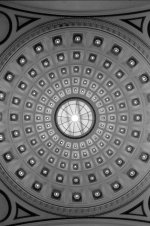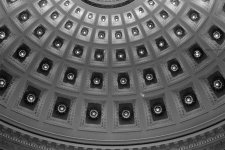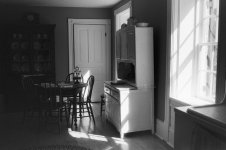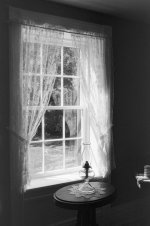2tcreative
Established
- Local time
- 10:40 AM
- Joined
- Jun 16, 2007
- Messages
- 101
In this digital age how many of you 35mm shooters use the zone system to pre-visualize and process your film? Or do you just have another 'system' you use (trial and error, etc.) for shooting b&w?
I like the concept of more control but not sure I am disciplined enough to use it. I have been shooting chromogenic b&w film but want more control so have decided to begin devloping my own film and scan it. Then manipulate in PS and laserjet print.
Your thought?
I like the concept of more control but not sure I am disciplined enough to use it. I have been shooting chromogenic b&w film but want more control so have decided to begin devloping my own film and scan it. Then manipulate in PS and laserjet print.
Your thought?






